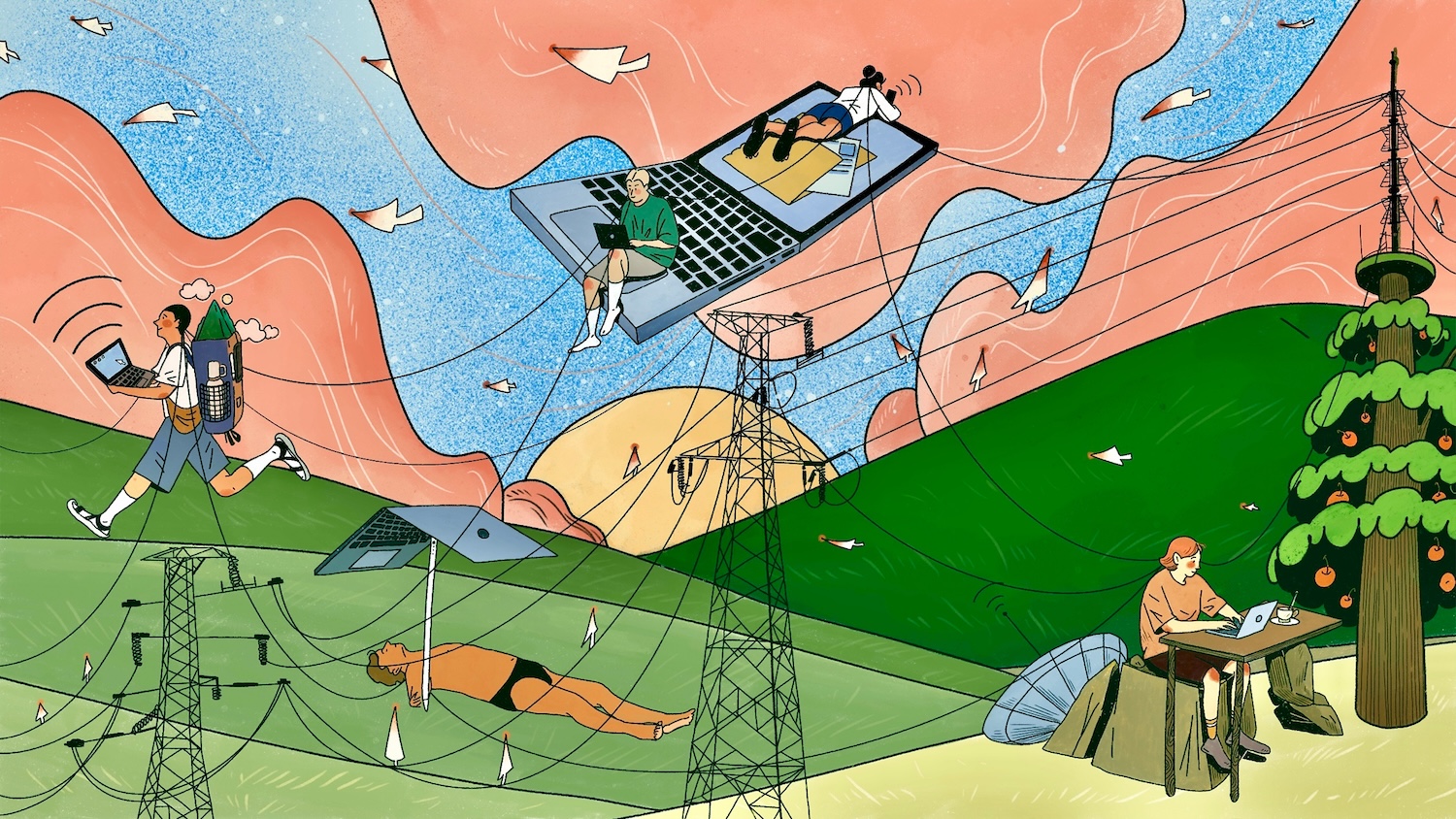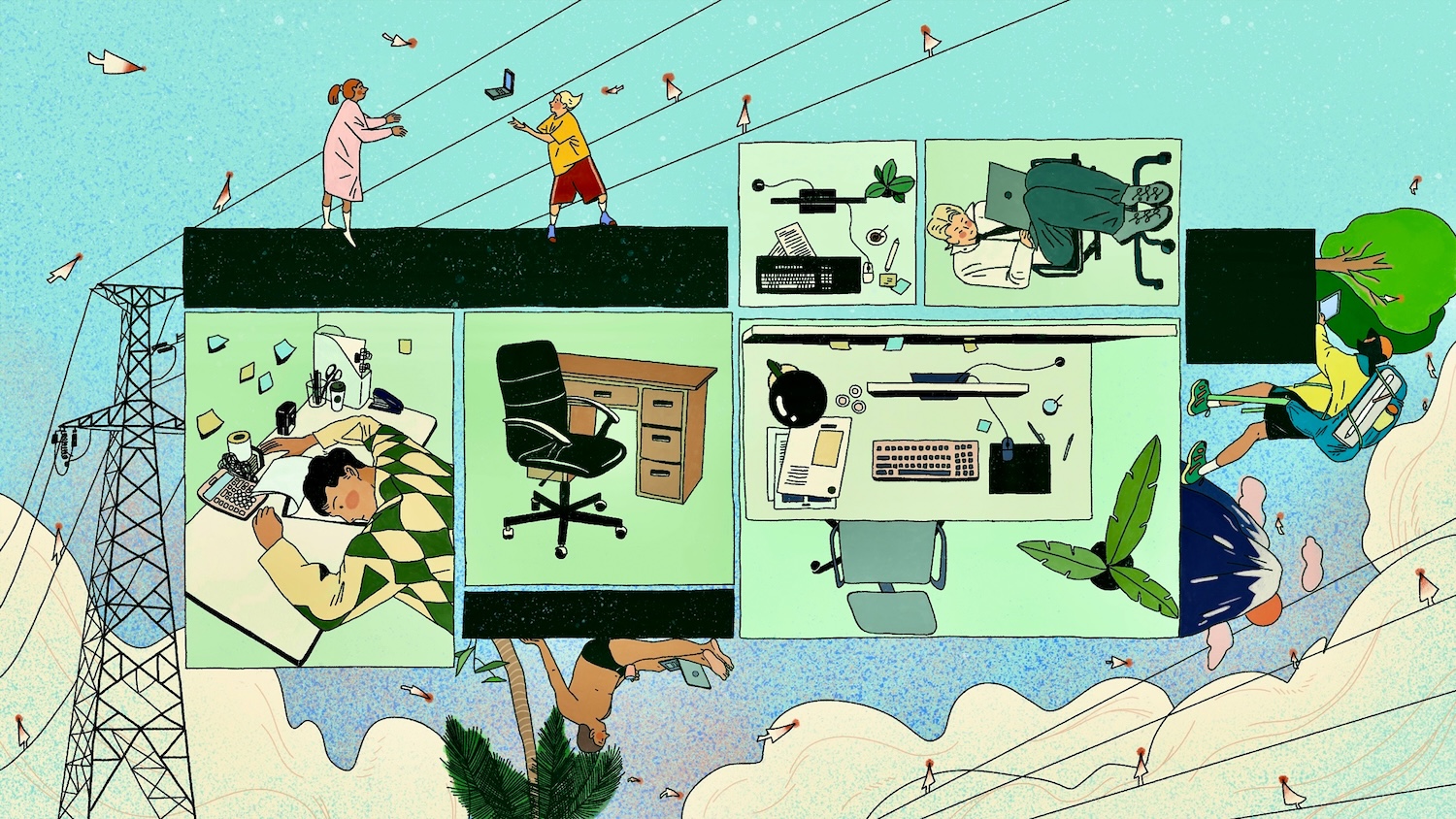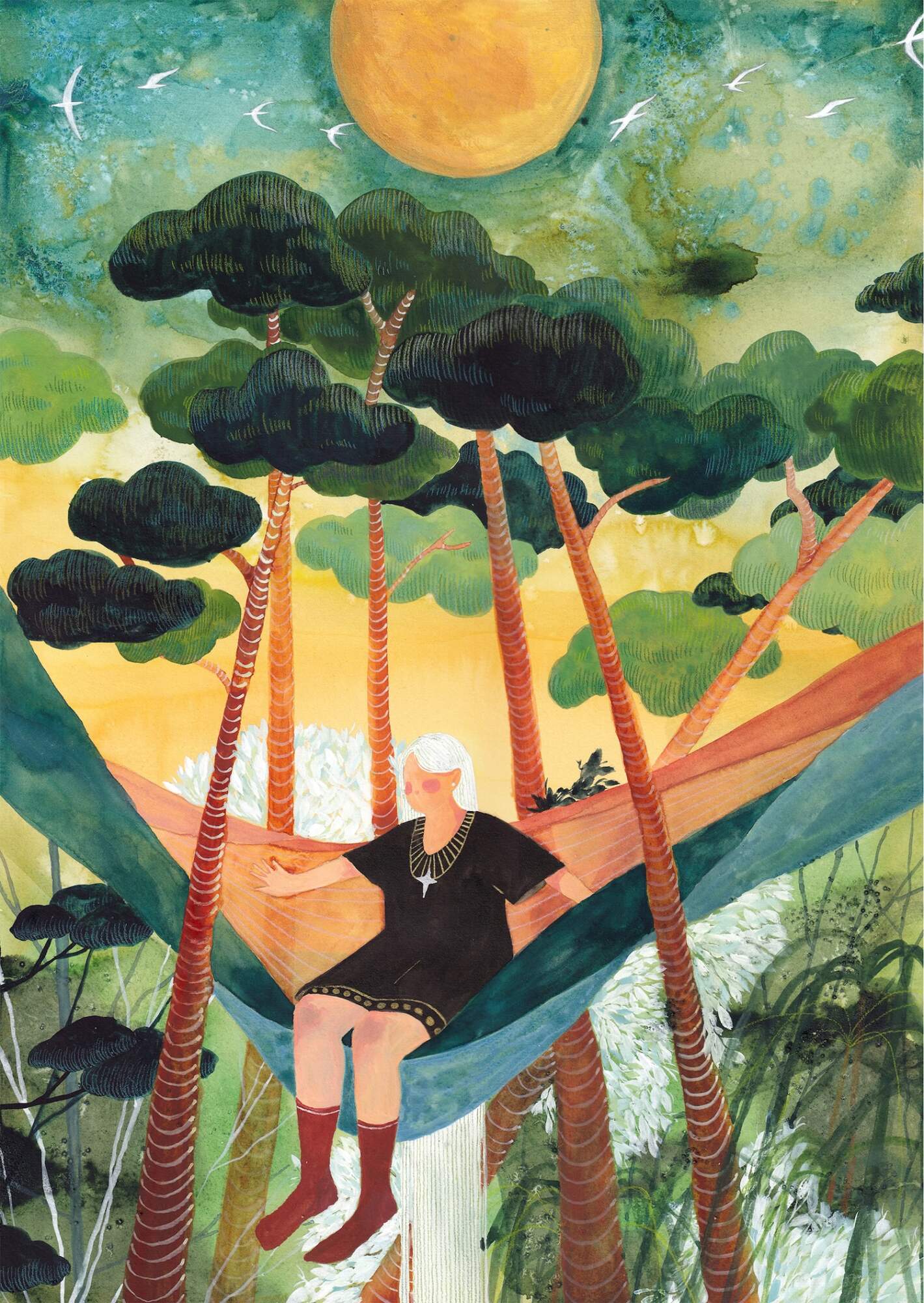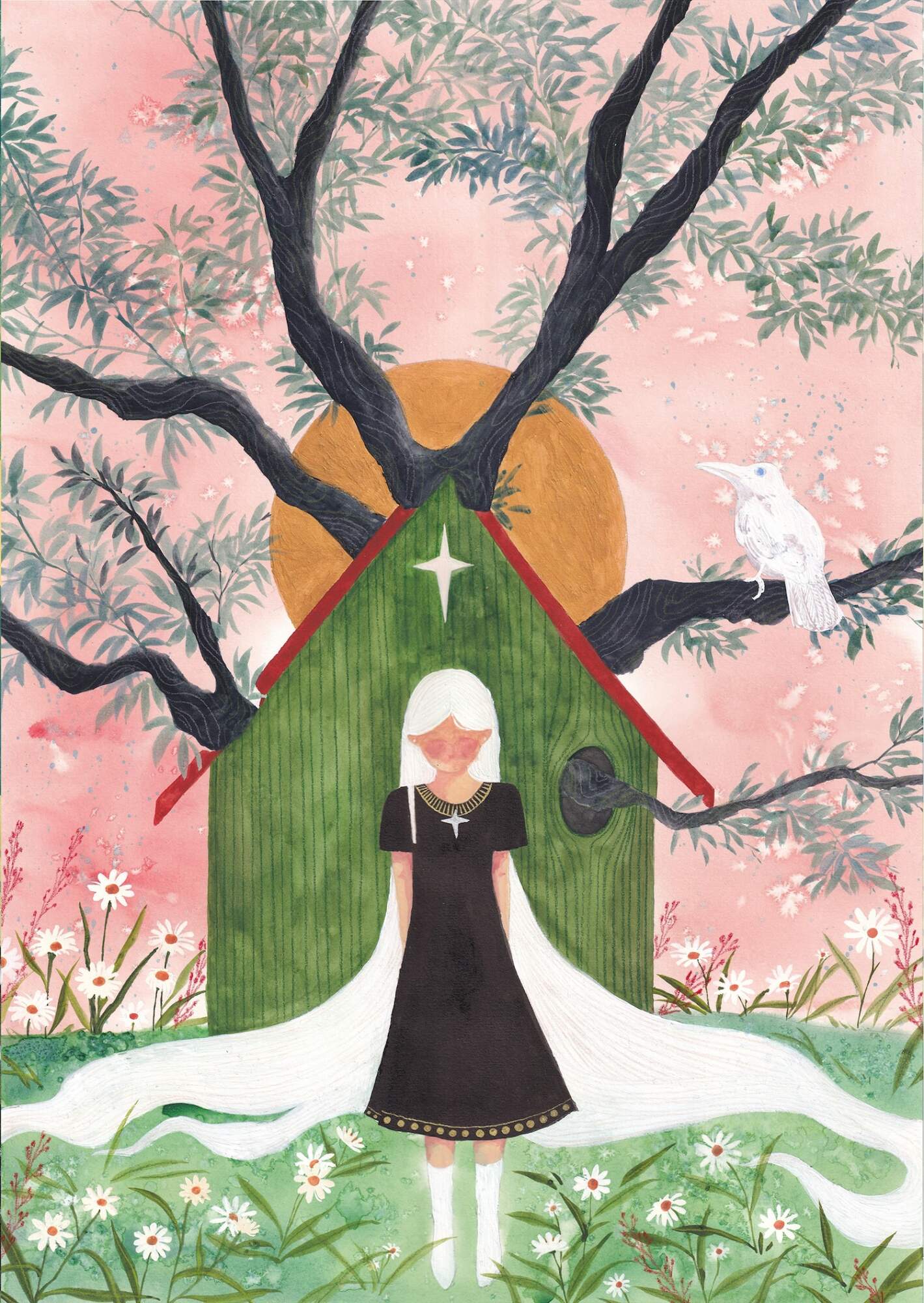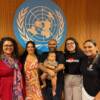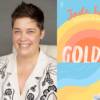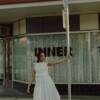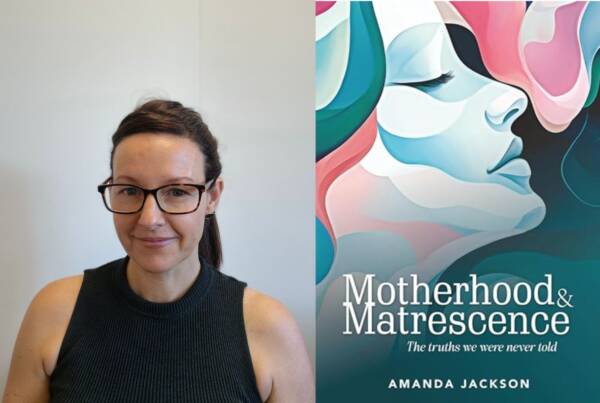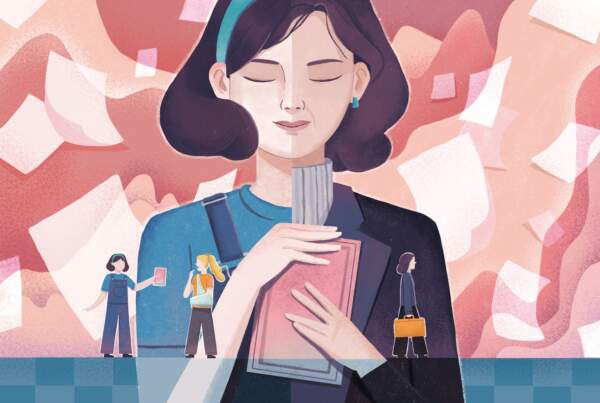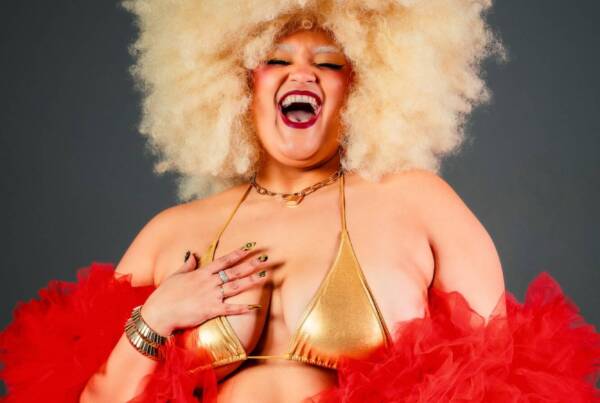Interview of Liu Yutong by Freya Bennett
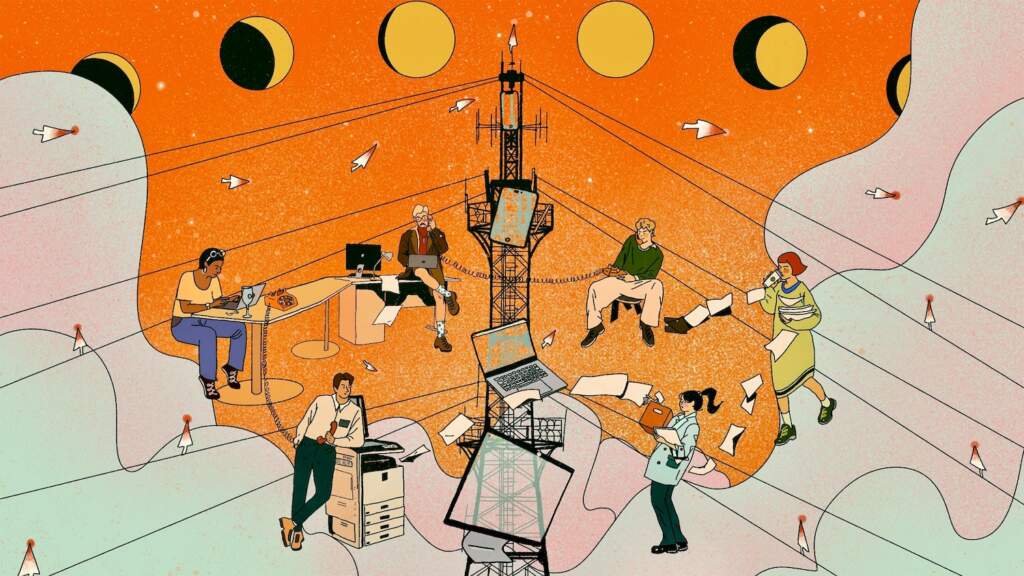
Your creative philosophy mentions feeling life and recording its pulse, how do you translate such an abstract idea into a visual form?
It is indeed quite abstract, haha. What I mean is not literally translating that sentence into my illustrations. Instead, I approach it by stepping into life—observing and experiencing it. That’s the part about feeling life. Then, through those experiences, I record my own emotions and positions, and I bring those emotions into my work—that’s how I record the “pulse” of life.
Put simply, I search for an emotion to drive the creative process, and I infuse that emotion into the work. That’s why in some of my illustrations you can find very personal elements and moods. Friends who’ve seen my illustrations and animations often tell me: “It’s so you. The technique might not be personal, but the whole feeling of the work is just you.”
Of course, this also leads to challenges. For example, if a subject is something I haven’t experienced deeply, then it’s hard for me to create the work I want—or what the client expects—because we can both feel something missing. So before starting a project, I always make sure to gain an emotional entry point first, and that becomes the beginning of my visual translation.
You work across digital illustration, animation, and motion graphics. How do you decide which medium best suits a particular project or story?
When I start a personal project, I usually have a rough vision in my head—lots of images appear. Then I look at whether those images feel more static or more dynamic. If the medium isn’t pre-defined, my mind automatically suggests which form can tell the story best. For example, with a particular story, I might imagine it as a picture book with still frames or as a short animation, and then I consider which option, given my abilities, will let me tell the story more smoothly. Comparing them usually gives me the answer.
There’s also an external factor: since some of my animation works have gained recognition, I subconsciously feel that animation might give me more visibility. So when developing personal projects, I often lean toward shaping them into animation—not always choosing a medium for the project, but sometimes letting the medium inspire the project itself.
Of course, that’s only for personal projects. With commercial work, things are different. Clients usually come with clear intentions: they want to collaborate with me on illustration because they like my illustration, or on animation because they like my animation. That makes the decision much simpler.
Your illustrations often combine sensitivity to human emotions with bold experimentation. Can you share an example where you took a creative risk that paid off?
I have to mention my award-winning animation ME & Me. It was a self-exploratory project about the relationship between myself and… myself. Visually, it was quite abstract for me at first—I couldn’t find a way in, and I struggled to express how I coexist with myself.
I initially tried to use personal data I had been recording, like what I was doing at the same time every day, or visualizing my sleep patterns. But after testing it out, I found it boring—there was no spark. Then one evening, while walking home, I saw my shadow under the streetlight. As usual, I started talking to myself: “This project is impossible, don’t you think?” I shook my head, my shadow followed, and I continued: “Hmm? Keep trying? Okay. You’re right.”
At that moment, inspiration struck: what if I recorded my interactions with my shadow? That’s exactly how I interact with my inner self. So I translated this interaction into animation. The playful and humorous tone made the audience smile, and by the end, they also had a deeper sense of who I am. That was the goal—and it worked.
Many of your works explore poetic fragments of daily life. Where do you find inspiration for these moments, and how do you capture their emotional depth?
I love observing my own life. One of my favorite things to do is to take my camera and go out to capture small, happy fragments of daily life. I cherish both the good and the bad, and I record them all. Later, I revisit these records again and again, immersing myself in those memories. Each time, I relive the emotions, and that immersion generates new feelings. At the same time, it allows me to place my heart in a calm but strong state.
Through this process, I connect more deeply with myself and with my life. That interaction—with people, with objects, with experiences—helps me generate empathy and gives me richer material to draw emotional depth from in my creative work.
Collaboration seems central to your practice, given your work with publishing, AI projects, and educational clients. How do collaborations influence your artistic process?
Collaboration is my most direct way of engaging with the outside world—I can’t just stay in my own bubble. I want my art to be seen by more people, and I enjoy the feeling of being appreciated. Collaborations allow other people’s ideas to flow into my work, often making it richer and more diverse.
In personal projects, I follow only my own preferences. But in commercial collaborations, I need to integrate the client’s creative vision, brand tone, and other factors. This push and pull often helps my work find a stronger, clearer direction—especially when I’m unsure if I’m on the right path. Communication with clients makes things smoother.
And when I collaborate with talented art directors or creative directors, I can see more clearly whether the work aligns with what the commercial world will embrace. That insight is invaluable.
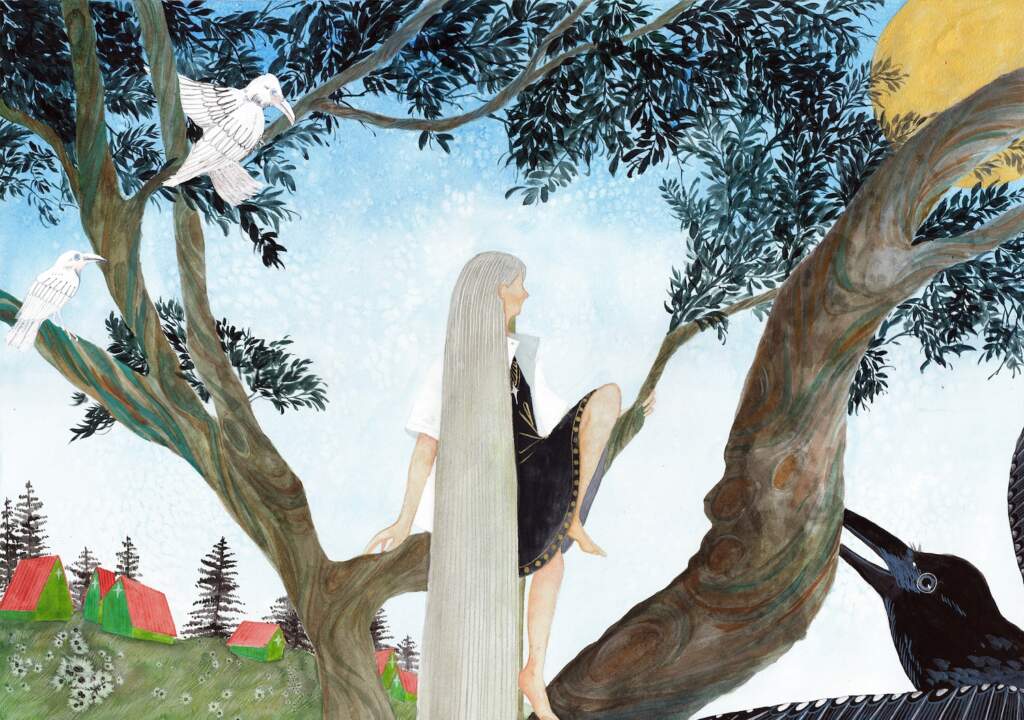
Your art aims to connect the intimate with the universal. How do you balance personal expression with creating something that resonates widely?
I instinctively embed personal emotions into my work, because I believe that resonance requires an emotional guide. Without that intimate element, the work may lack the power to move or inspire people.
That said, in commercial projects I restrain myself—too much personal emotion is usually not allowed. So I tend to include only a touch of my perspective. Beyond that, I ask clients about the emotions they want to convey. I internalize those feelings, then translate them into visuals. This way, I can merge my own interpretation with their intent, creating something personal yet widely relatable.
You’ve received recognition from many international awards. How has this recognition shaped your career or your approach to illustration?
It has definitely encouraged me to create more and given me stronger motivation. I’m someone who thrives on recognition, so receiving these awards has been deeply satisfying—it fuels my energy, confidence, and sense of legitimacy.
Before I had any awards, when people questioned my work, I often felt insecure. If someone asked, “Who even likes your drawings?” I didn’t know how to answer. But now, I can say: “Many people do—and they’ve won international awards, too.” That changes the conversation.
These awards have also brought new opportunities—clients often discover me through the publicity, and that helps me build a stronger career with more possibilities.

